Are our young learners really learning useful phrases and language chunks, or are they just learning isolated words from vocabulary groups? This is a question I asked myself a lot. I must admit, I thought I could do a much better job of helping my preschool learners acquire more language. But how?!
Here I share some ways I have integrated more opportunities for our young learners to hear and then experiment with BIGGER language. I outline the processes I use and I hope you might be able to apply the same techniques in your context.
One important distinction
I differentiate between language I explicitly ‘teach’, and language I hope the children will ‘acquire’. Language I ‘teach’ includes vocabulary items that carry the core communicative meaning. Language to ‘acquire’ is that bigger language, including full sentences, useful phrases, and expressions with embedded structures which they are likely to come across in later years in more formal teaching contexts.
Stage 1 – Selecting BIG language
First, I identify which language I want them to acquire. This might mean:
- Adapting a story or song so that I include more repetition of that language as I tell it.
- Planning my interaction language so I use it while talking to the children.
For example, with The Three Billy Goats Gruff, I focus on ‘want to’: I want to eat grass. I want to eat you! Do you want to eat grass?!

Stage 2 – Teacher-led listen and respond activities
This is where I think craft activities and games are great tools. The children need to hear that bigger language more to have a chance to acquire it. The trick is to ensure we integrate that bigger language and not just focus on the isolated vocabulary items. For example, instead of ‘blue nose’, say ‘Big green monster has got a blue nose.’ Instead of ‘elephant’, say ‘No, no, no. That’s not my Mum. That’s an elephant!’ (Monkey Puzzle)
Splat games: The teacher says something and the children touch/go/point to that item. This could be on a mat, on flashcards, or on the board.
Bingo: Incorporate those larger phrases and chunks when you identify the bingo items. For example, not just ‘T-shirt’, but ‘I’m wearing a green T-shirt’.
Categorising: First, give instructions to categorise using the ‘bigger’ language, e.g., ‘These monsters have got purple hair’; ‘There aren’t any animals with four legs’ etc. After a few rounds of that, let the learners create their own categories using the cards or pictures. As you monitor or in feedback you can comment, feeding in those bigger structures, e.g., ‘Oh yes! These monsters have got three eyes.’
Cut and paste crafts: There’s a whole gambit of crafts that can include a cut and paste element:
- Pictures – They stick the pictures to create a scene.
- Mini-books
- Lift the flap crafts
- Board games – They create their own board game with the images.
- Folding crafts
- AND MANY MORE!
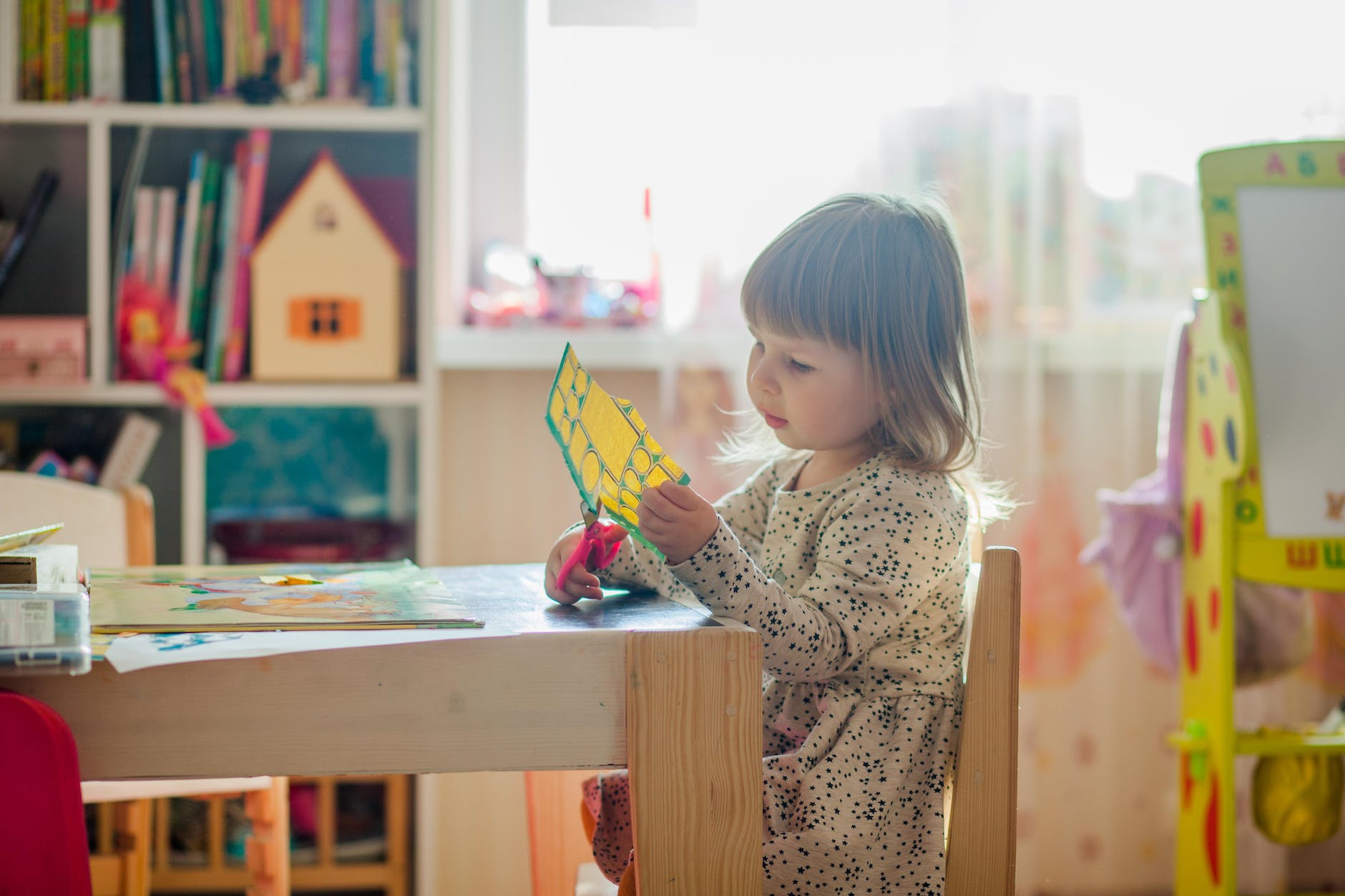
With cut and paste craft activities the idea is to create a listening gap. Pre-cut the items and create a treasure hunt. Place the items mixed up on a table or around the room, say the phrase or expression containing the key word, then the children hunt to find it.
I find that as they are searching for the item, they are repeating the phrase either in their minds or even out loud. You also have the chance to repeat the language too as you help them search.
Alternatively, the children collect the items from you as they need them. This gives you the opportunity to interact with them using the language, and if they are ready, they can try saying it back to you.
Stage 3 – Guided experimentation
At this stage you want your young learners to play with the language themselves, but they will still need some support. Games and crafts where there are clear parameters help the children feel secure and gain confidence in their first steps in using the new language. You can encourage them to try out some of the ‘bigger’ language here but bear in mind that some children will be more ready for it than others. The important thing is to have it available as an option.
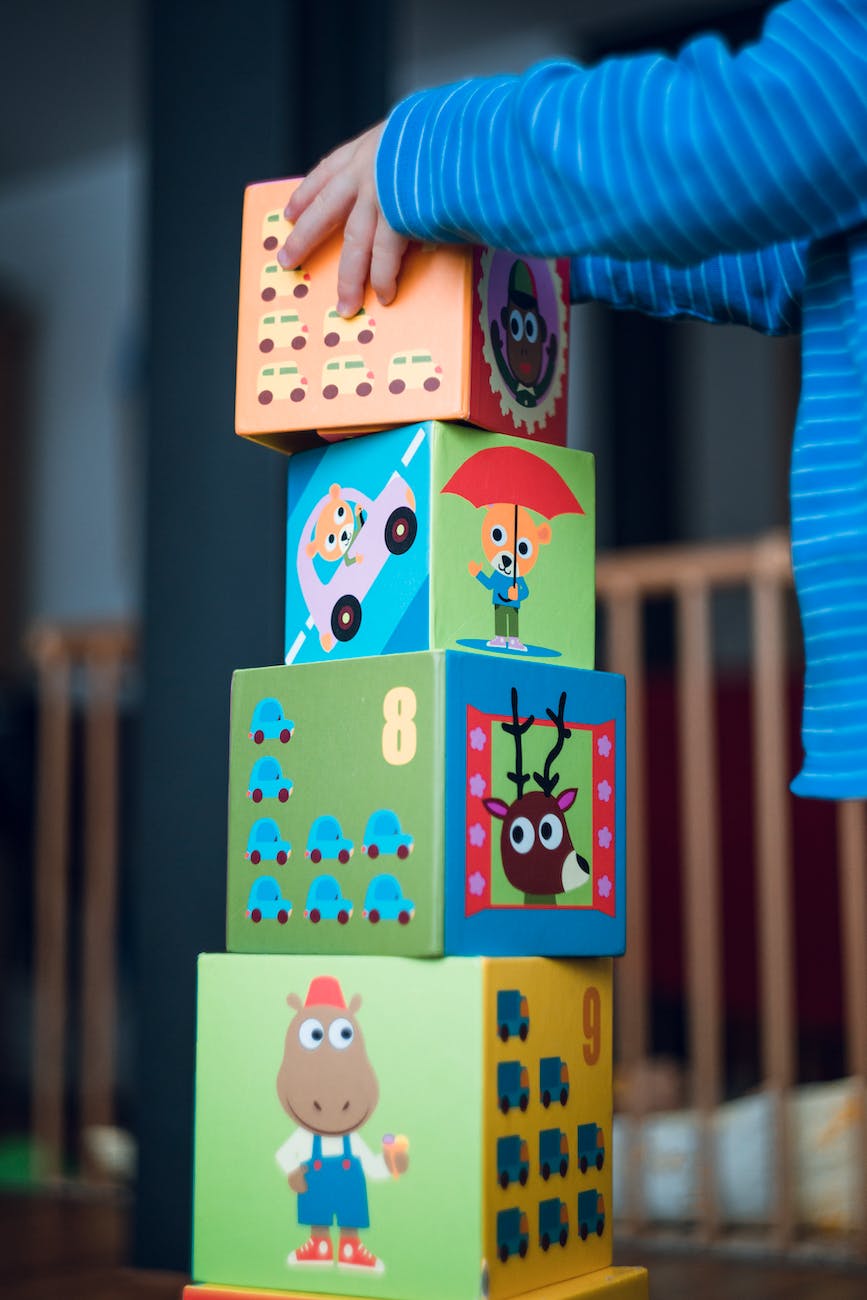
Some examples of guided experimentation are:
- Child-led games: The child takes the role of the teacher. For example, instead of the teacher using sentences to identify vocabulary items to ‘splat’, the child takes this role. They play whole class and then in small groups.
- Small group games: These should be games they have seen whole class so they can transfer the language and rules to a less controlled setting. Some examples are card games, bingo, dominoes, and board games. When setting up the game, make sure you demonstrate the language, e.g., ‘An elephant has got four legs’ or ‘An elephant can’t fly’ when they land on an animal image in a board game.
- Cut and paste crafts: Each child or pair of children have responsibility for an item. They ask each other for what they need. They can either practise request language or use a phrase you have been working on. For example, to collect a picture of a T-shirt: ‘I’m wearing a blue T-shirt’ or ‘Your/His/Her T-shirt is yellow’.
- Independent crafting with individual interactions: The teacher monitors, commenting and asking questions using the target language.
- Mingles: With a craft they have made in one of the previous stages, the children walk/dance/hop around the room and when you say stop, they turn to their nearest partner. Give them options of what to do when they meet their partner. For example, if it’s a stick puppet, they can speak in character. From the Three Billy Goats, ‘I’m the small goat. I’m hungry. I want to eat grass.’
Stage 4 – Freer experimentation
At this stage you want to create the opportunity for the children to play with the language they have heard and used in a less teacher-led way. Some useful activities are:
- Roleplay: The children create simple stick puppets or masks, and you can choose to simply let them play in character or model a conversation exchange.
- Drama-play: Let the children act out the story or song. You can encourage this by providing props or letting them use a craft they have made in a previous stage.
- Story-retelling: Invite the children to retell the story. It works really well if they are using a craft tool they have created in a previous lesson or stage. For example, mini-books, story sliders, story wheels, story boards or even a picture including the main story elements. You can make it more authentic for them, by encouraging them to sit on ‘the storyteller’ chair and take turns telling the story to their partner. You could even let them tell the story to stuffed toys.
- Learning stations: Create ‘stations’ around the room. On each table place an item or items that you have used in previous lessons. Examples of station items include the story book, storytelling cards, puppets, flashcards/mini-cards, crafts, and games. Let the children move between the stations and play freely with the items that are there.
This freer experimentation stage is very useful to see how much language they have assimilated. I don’t expect them to be producing long accurate utterances, but I have noticed that many of the children will use chunks and phrases that they have heard repeatedly throughout our learning process. This gives me useful information so I know which language I can build on in future lessons and also which language they need to hear more in other contexts.
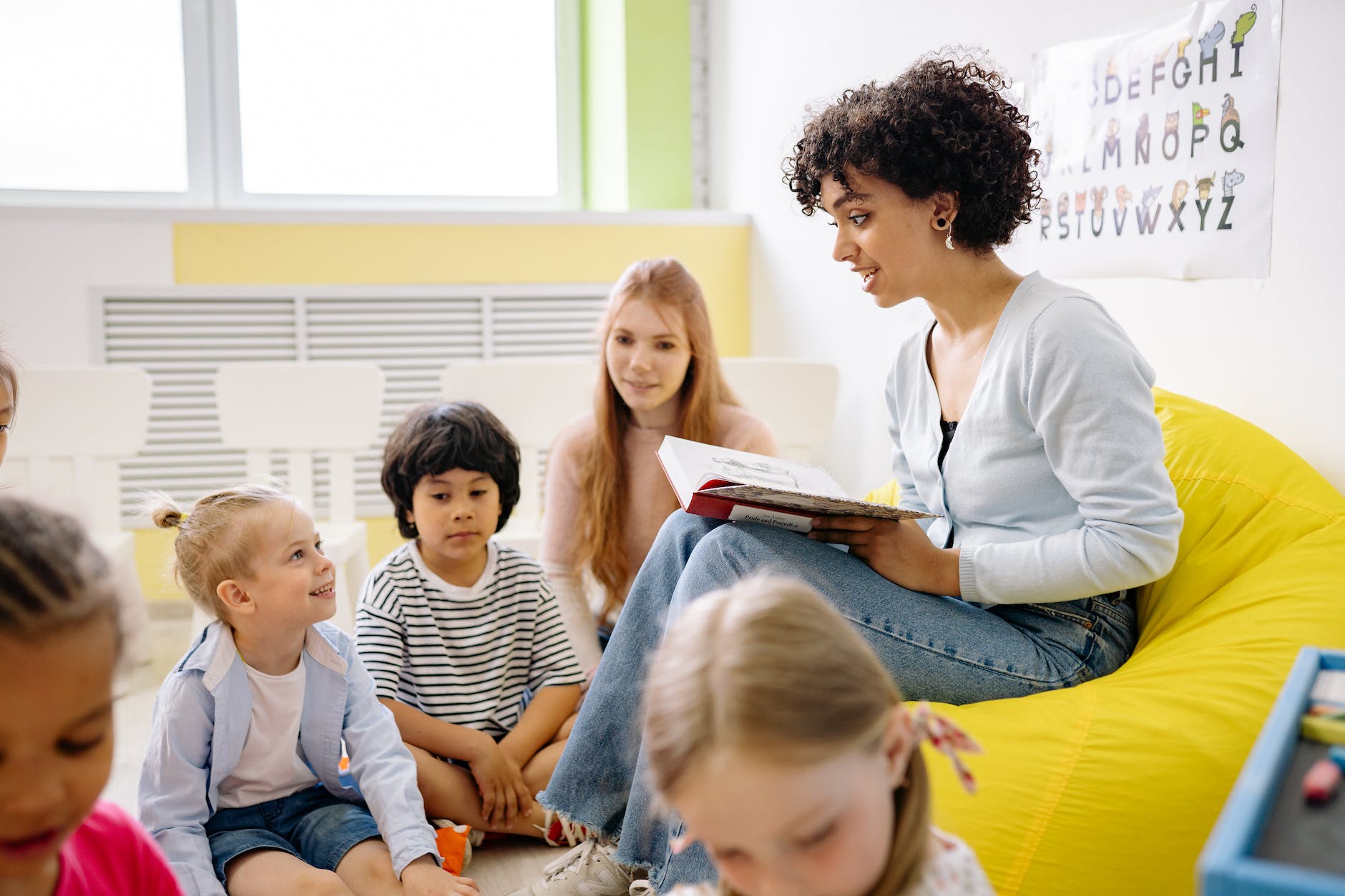
What does this look like across a series of lessons?
For my groups with two lessons a week, I’ll typically use the same story/topic for 6 to 8 lessons.
Lessons 1 to 3: Teacher-led listen and respond activities (stage 2)
Lessons 4 to 5: Guided experimentation (stage 3)
Lessons 6 to 8: Freer experimentation (stage 4)
Within each lesson there may be some crossover. For example, I’ll use some teacher-led activities across most of the lessons, but this gradually moves towards more teacher-guided techniques with the children taking more and more control.
Additionally, I’ll incorporate different stages using the same craft. Here’s an example with mini-books:
1.Read the story with a model of the finished mini-book.
2. Play games with the cut and paste pictures.
3. Make them with a listen and respond treasure hunt.
4. The children use the mini-book to retell the story.
Final thoughts
No one likes too much planning and preparation. Me included! I find that by using crafts and games in combination with these processes, I’ve reduced my preparation time AND my preschool learners are getting more language out of our lessons.
I think the key to helping your young learners get BIGGER language out of your lessons is to ask these little questions:
- What language is worth adapting or repeating across your activities?
- How can you conduct those activities while giving them exposure to that language?
- How can you give them a chance to experiment with it?

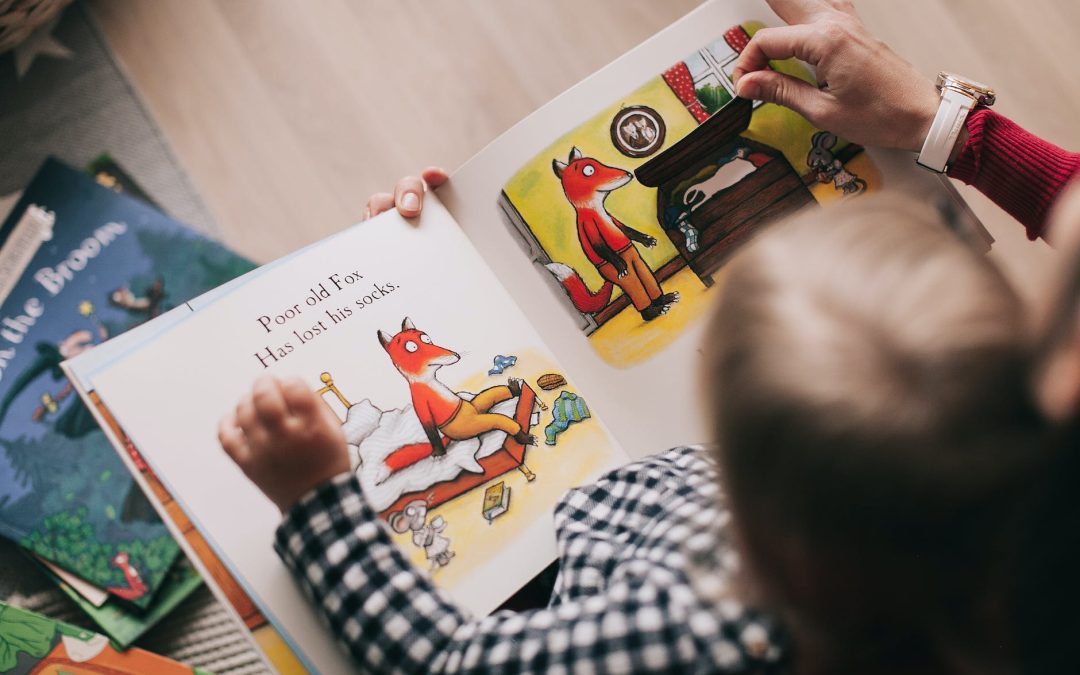
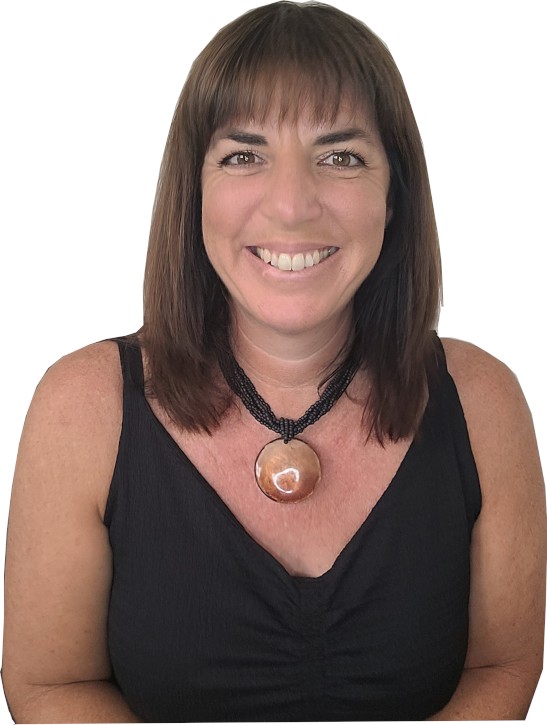
Excellent post, Fiona. Thank you for looking at how YLs learn and what they can learn. And for going beyond isolated activities to the bigger picture.